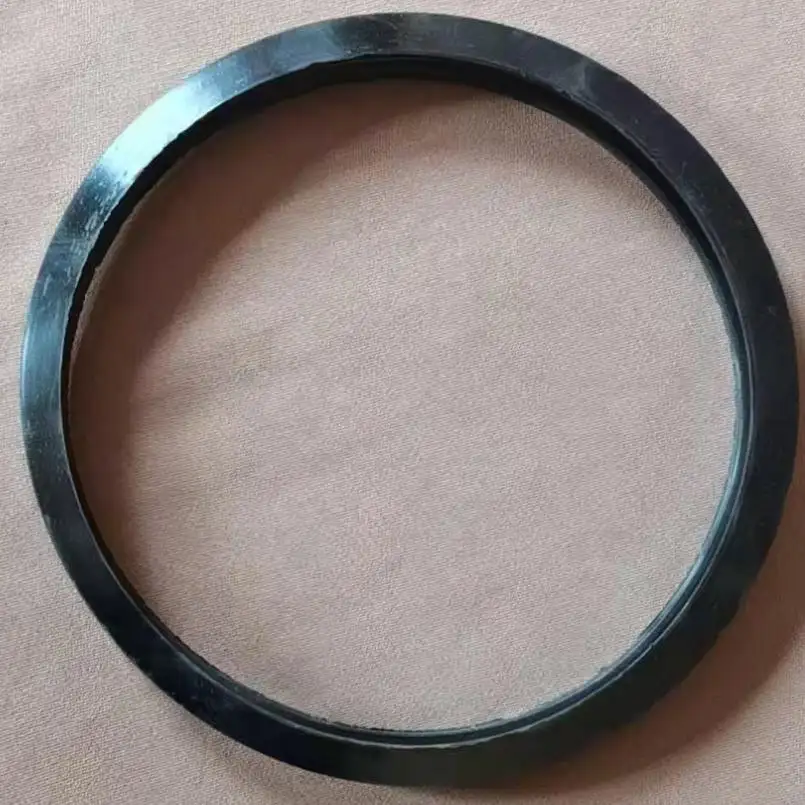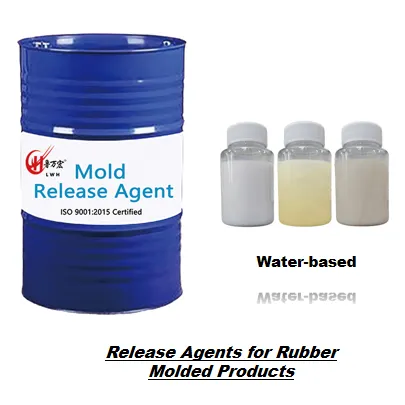Understanding the Critical Role of Release Agents in FRP Manufacturing
In the world of composite manufacturing, FRP release agents play an indispensable role in ensuring successful molding operations. These specialized chemical formulations create a barrier between the mold surface and the composite material, enabling clean and efficient part removal while maintaining the integrity of both the mold and the finished product. The effectiveness of an FRP release agent can make the difference between a streamlined production process and costly manufacturing delays.
Modern composite manufacturing demands increasingly sophisticated solutions as parts become more complex and production requirements more stringent. The right FRP release agent not only facilitates easy demolding but also contributes to surface quality, production efficiency, and overall manufacturing costs. Understanding what makes these agents effective is crucial for manufacturers looking to optimize their processes.

Essential Properties of High-Performance Release Agents
Chemical Composition and Stability
The molecular structure of an FRP release agent must be carefully engineered to provide consistent performance under varying conditions. Premium release agents typically feature stable chemical compounds that resist breakdown at high temperatures and pressures commonly encountered in composite molding. These formulations often incorporate advanced polymers and cross-linking agents that form a durable release film on the mold surface.
Temperature stability is particularly crucial, as many composite curing processes involve elevated temperatures. An ideal FRP release agent maintains its release properties throughout the entire thermal cycle, preventing premature degradation or changes in performance that could compromise part quality.
Surface Coverage and Adhesion
Uniform coverage and strong adhesion to the mold surface are fundamental characteristics of effective release agents. The best formulations spread evenly across the mold surface, creating a continuous film that prevents direct contact between the composite material and the mold. This uniform coverage ensures consistent release performance across the entire part surface.
Advanced FRP release agents achieve optimal surface tension characteristics, allowing them to wet out completely on the mold surface while maintaining sufficient cohesion to prevent migration or displacement during the molding process. This balance is essential for achieving reliable release performance over multiple cycles.
Performance Characteristics in Production Environments
Multiple Release Cycles
One of the most valuable attributes of a premium FRP release agent is its ability to provide multiple releases before reapplication is necessary. This characteristic directly impacts production efficiency and operating costs. High-performance agents can often deliver numerous successful releases from a single application, reducing downtime and labor costs associated with frequent reapplication.
The durability of the release film is key to achieving multiple release cycles. Advanced formulations create a tenacious bond with the mold surface while maintaining their release properties, even under the stress of repeated molding cycles.
Surface Quality Impact
The influence of an FRP release agent on final part appearance cannot be overstated. Superior release agents transfer minimal material to the molded part, resulting in excellent surface finish quality. They help prevent common surface defects such as pinholes, fish eyes, and other imperfections that can compromise both aesthetics and performance.
Modern release agents are formulated to minimize build-up on mold surfaces, which can affect part quality and increase cleaning requirements. This characteristic is particularly important in applications requiring high-gloss finishes or precise surface details.
Application and Process Optimization
Application Methods and Efficiency
The ease and consistency of application significantly influence the effectiveness of an FRP release agent. Leading products are designed for various application methods, including spraying, wiping, or brushing, allowing manufacturers to choose the most suitable approach for their specific requirements. The ideal release agent provides good visibility during application to ensure complete coverage while minimizing waste.
Application thickness control is crucial for optimal performance. Premium release agents are formulated to achieve the right film thickness naturally, reducing the risk of application errors and ensuring consistent results across different operators and shifts.
Environmental and Safety Considerations
Modern FRP release agents must balance performance requirements with environmental and safety considerations. Advanced formulations increasingly feature lower VOC content and reduced hazardous components while maintaining superior release properties. This evolution responds to stricter regulatory requirements and growing industry focus on sustainable manufacturing practices.
Worker safety is another crucial aspect, with newer formulations designed to minimize exposure risks through improved application characteristics and reduced volatile emissions. These developments contribute to better workplace conditions without compromising performance.
Economic Impact and Value Proposition
Cost Efficiency in Production
The true value of an FRP release agent extends beyond its purchase price. Premium products often deliver superior cost-effectiveness through reduced consumption, longer release life, and minimized scrap rates. When evaluating release agents, manufacturers must consider the total impact on production costs, including labor, downtime, and quality-related expenses.
Efficient release agents can significantly reduce cleaning and maintenance requirements, leading to longer mold life and reduced production interruptions. These benefits contribute to a lower total cost of ownership and improved production economics.
Quality and Consistency Benefits
Consistent part quality is essential for maintaining customer satisfaction and minimizing warranty claims. High-performance FRP release agents help ensure repeatable results, reducing variations in surface finish and demolding behavior. This consistency is particularly valuable in high-volume production environments where predictable performance is crucial.
The ability to maintain stable release properties throughout production runs helps minimize process adjustments and reduces the risk of rejected parts, contributing to improved overall manufacturing efficiency.
Frequently Asked Questions
How Often Should FRP Release Agent Be Applied?
Application frequency depends on several factors, including the specific release agent formulation, molding conditions, and part complexity. High-performance release agents typically provide multiple releases from a single application, ranging from 3-10 cycles or more. Regular monitoring of release performance and surface quality helps determine optimal reapplication intervals.
What Makes Some Release Agents More Durable Than Others?
The durability of FRP release agents primarily depends on their chemical composition, molecular structure, and the strength of their bond with the mold surface. Premium formulations often incorporate advanced polymers and cross-linking agents that create a more resilient release film, capable of withstanding multiple molding cycles without degradation.
Can Release Agents Affect the Bondability of Molded Parts?
While all release agents can potentially impact secondary bonding, modern formulations are designed to minimize transfer to the molded part. High-quality FRP release agents provide clean release while leaving minimal residue that could interfere with subsequent finishing or bonding operations. When necessary, proper surface preparation can ensure successful secondary operations.

